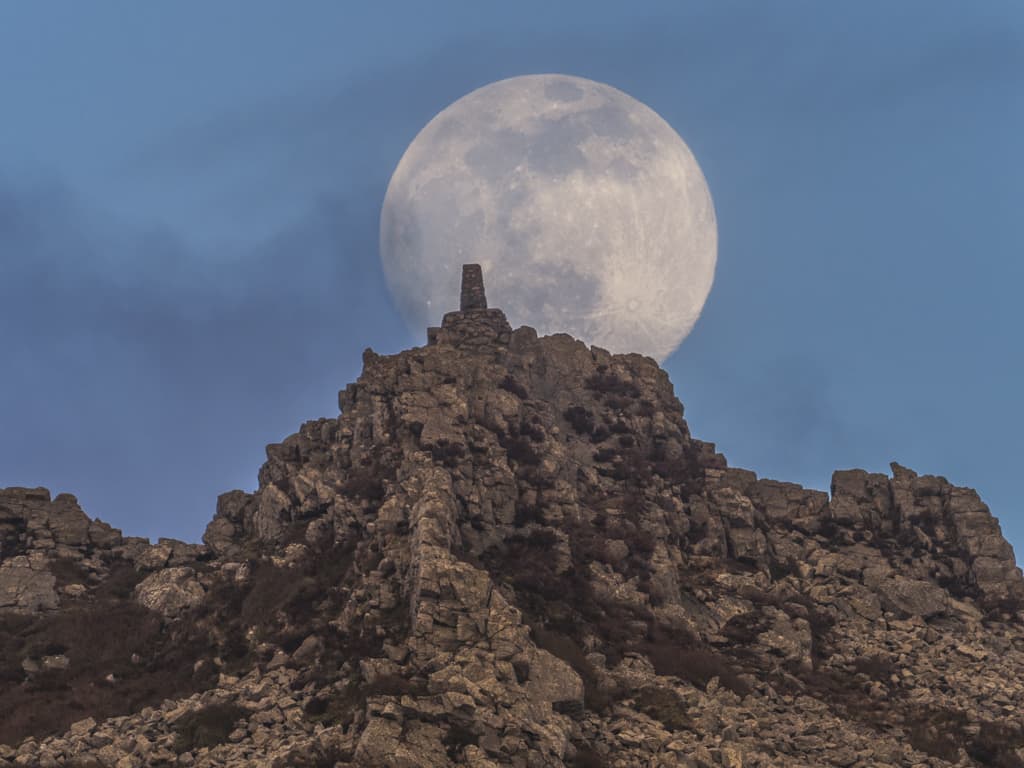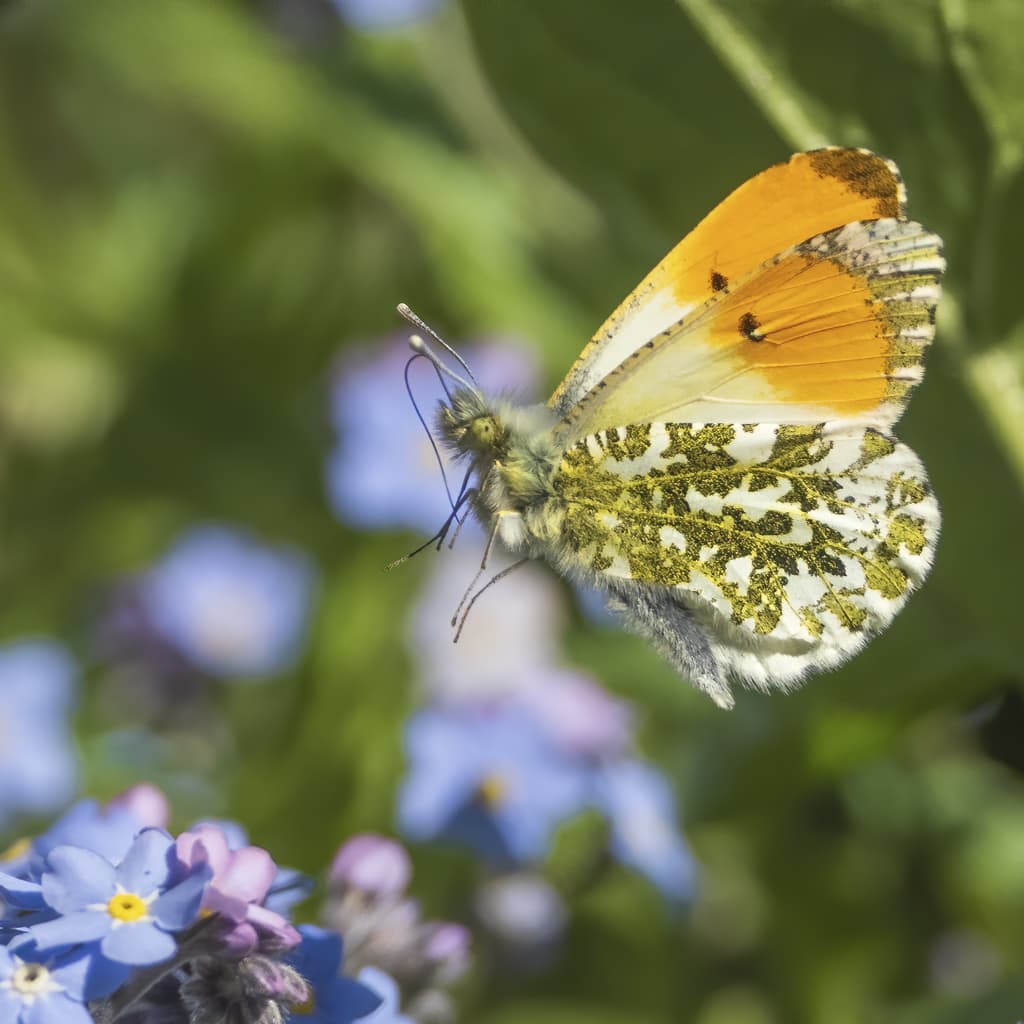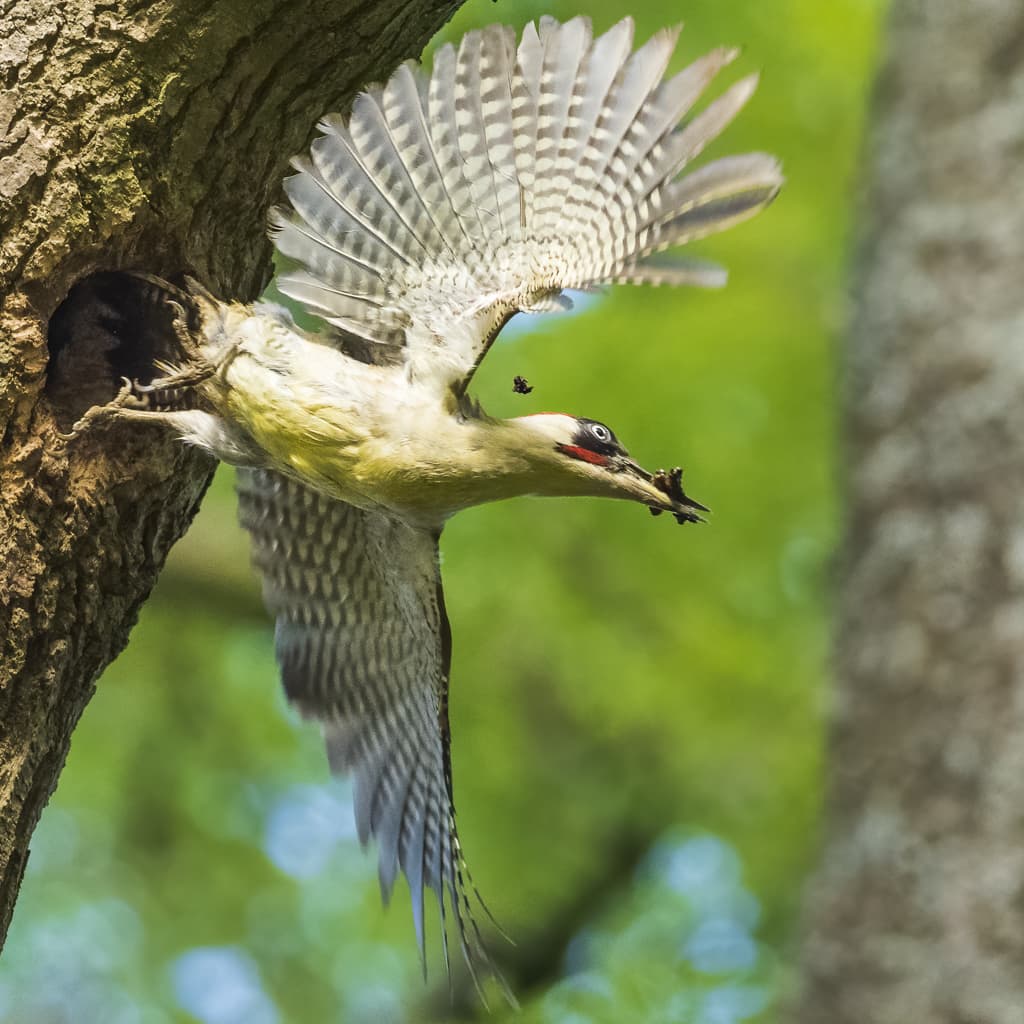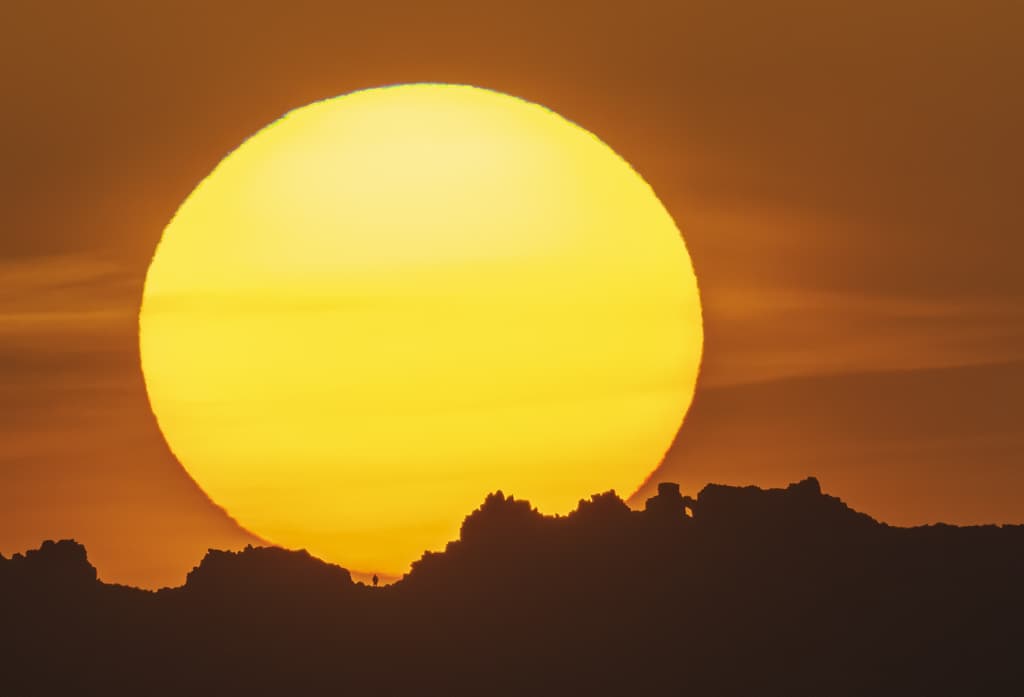What does it take for a landscape and nature photographer to get their work in major national newspapers – and also to get a book published? Andrew Fusek Peters is a pro landscape, nature and wildlife photographer based in Shropshire. He has sold hundreds of images to the national newspapers via press agencies, and has a new book out.
The book, Hill & Dale, My Shropshire Year, is a 200 page, colour hardback now published by Yew Tree Press and featuring the best of Andrew’s new wildlife and landscape work, much of which has already appeared in the national papers and magazines such as AP. We love the book: it’s a wonderfully curated and inspiring testament to Andrew’s creativity and sheer hard work, and it’s a particularly impressive achievement considering some of the health issues he has been facing over the last few years.
We caught up with Andrew for a chat to find out more about how the book came together, and how to get more exposure for your landscape and nature work.

How did the book come together?
I did a book on the Long Mynd and the Stiperstones Nature Reserve in Shropshire about three years ago, based on a long-term commission for the National Trust and Natural England.
I started to think what I wanted to do next and this new book kind of evolved. Also, my photography skills seemed to go up a couple of levels a few years ago, and I was getting more work in the national papers and photography magazines.
I discovered some new areas in Shropshire I hadn’t shot before. Also, the first lockdown was amazing – it forced me to focus on working in a specific local area. I got some great sunsets over the Devil’s Chair and Niptstone Rock, which featured in the press, so the lockdown made the book something else.

Moonrise over Manstone Rock, Stiperstones, Shropshire
Also, coming out of the lockdown, people were desperate to see something positive and link up with the countryside again. There has been a big response to the book: the first print run sold out in three weeks.
We understand you had a few problems at the printing stage?
There were a lot of problems with proof copies, but we worked closely with printer and sorted out the colour proofing. We had a very patient publisher and printing press, so we got it right in the end.
Was the book self-funded?
It was a collaboration, so we worked on it together. Yes, I got backing from the publisher, and was grateful for that. Our goal is to break even and to raise awareness of Shropshire – a county which as easily as photogenic as the Lake District or Shetland, in my opinion.
When we got TV naturalist Iolo Williams from Springwatch fame behind us, that was amazing. He really got the project and the hard work I have been putting in for years (“This is a gem of a book, packed full of truly stunning photographs, as Andrew takes us through the changing seasons,” says Iolo. “Here, we are witnessing a man with a profound understanding of and a deep empathy with the natural world.”)

Starling murmuration at Whixall Moss
Did appearing in photo magazines and the national press help you when trying to get this book project off the ground?
Yes, appearing in photography magazines and the papers made a big difference. I used to go and hassle people from the magazines at photography shows, as you have to make your own luck. But if I didn’t have any good images to show, they wouldn’t publish me. My news agency is the same: picture editors need to see images from me that are newsworthy, that is the only reason they get in the papers. I work very hard to find moments in nature that have not been captured before.

Orange tip male in flight
Twenty years ago, if I had got an image on the cover of the Times, I would probably got thousands of pounds, now I get hundreds. But people take you much more seriously as a result of this exposure – selling 300 shots to national papers in last four years speaks for itself. Some people are great on social media, but although I don’t have a massive following, I do reach millions when my work appears on the Daily Mail website, for example.
Do you have any tips for readers wanting to get their images published in the national press, or possibly do a book?
Just because you have some photos to pitch means nothing. You need to get images of a species showing rare behaviour, or the sun or moon setting over a landscape in a way not often seen before – then it becomes newsworthy. This is hard work, and there are no shortcuts – photography has to become one of the driving forces in your life.

Male green woodpecker leaving the nest
You can do as many photos of the lonely tree as you want, or the milky way about Lulworth Cove, but it’s been done a gazillion times before. If you bring something that hasn’t been done before, that is fresh, it will grab people’s attention. Recently, there was a shot of the comet Neo above Stonehenge, an awesome photo taken by Jeff Overs. Capture something like this and you have a chance of getting somewhere.
What about an example from your portfolio?
I decided to try and get a picture of the sun setting on the Devil’s Chair in Shropshire (below), from about a mile away, using a long telephoto lens (Olympus 300mm f/4 with an MC-20 extender). I hadn’t seen this done before. I spent a lot of time working the shot out, planning, and I was able to get it just as lockdown eased. It appeared on the front page of the Times the next day, so the picture editor must have thought it was a fresh and interesting take, too.

Are you still a committed Olympus user?
Yes, there are very few circumstances I now use my Canon gear apart from astro photography – about 70-80% of the images in the new book are taken on Olympus. I don’t recommend one camera system over another though; my advice to readers is to use the gear that makes you feel most comfortable and works for you.
Further reading
How photography can heal your life
Why these tops pros are sticking with Olympus








